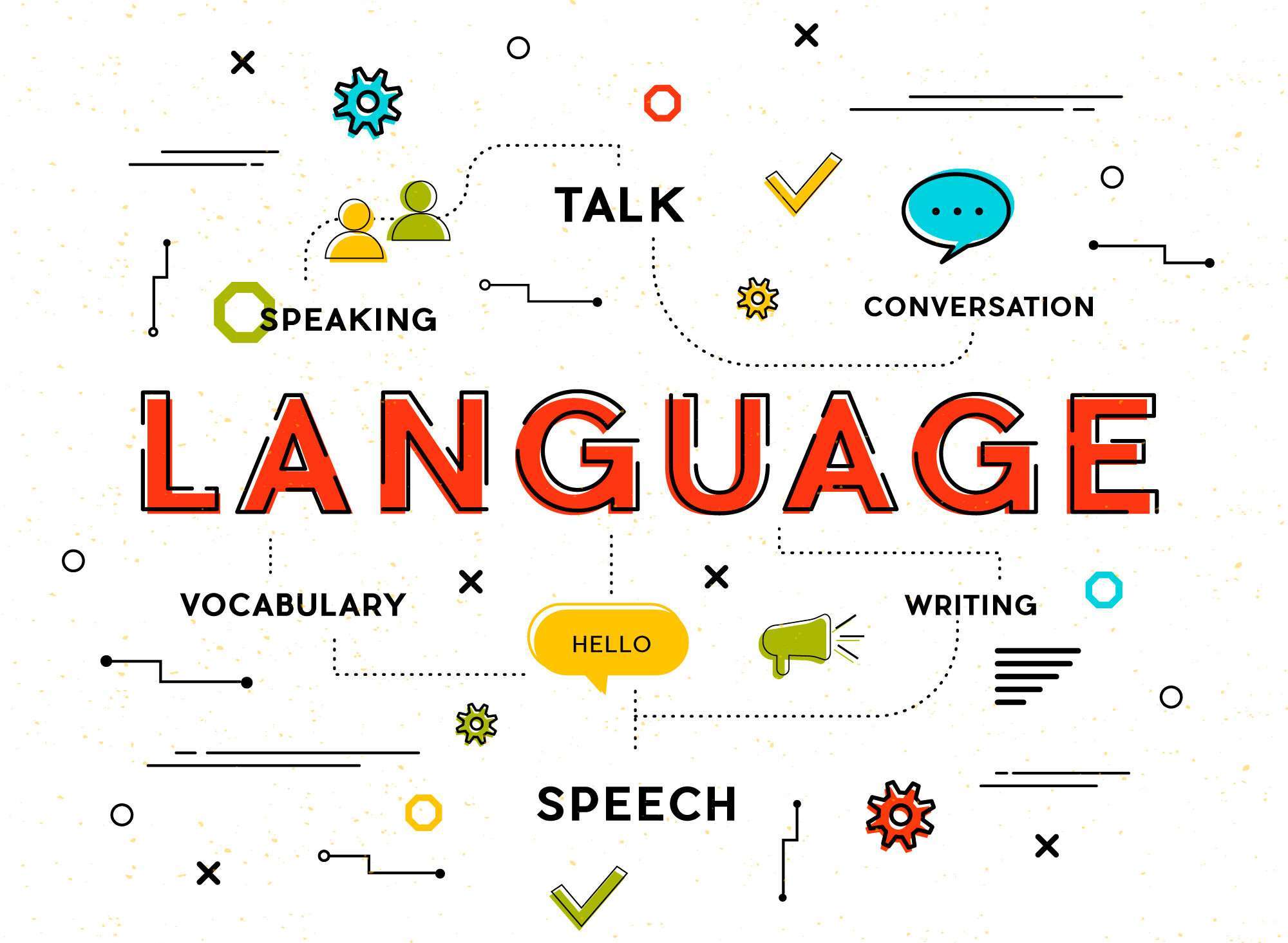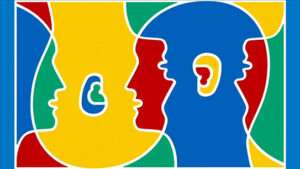
Historical Factors
Historical factors have a significant impact on attitudes to language among different societies. For instance, in societies that have a long-established tradition of one dominant language, people may view other languages as inferior or less important. This can lead to language discrimination and prejudice towards people who speak those languages. However, in societies where linguistic diversity is celebrated, people view different languages as an important part of cultural heritage.
Social Factors
Social factors can also shape attitudes towards language among different societies. For example, in societies where English is seen as the language of the elite or the upper class, people may view other languages as inferior or less important. This can lead to language discrimination towards people who speak those languages. However, in societies where linguistic diversity is actively promoted and celebrated, people view different languages as a valuable asset that enriches society.
Cultural Factors
Cultural factors also play an important role in shaping attitudes towards language among different societies. In some cultures, speaking a certain language may be seen as a sign of status, power or prestige. This can lead to language snobbery, where people who speak the language are seen as more cultured or educated than those who do not. However, in cultures where the value of different languages is recognized, people are more likely to embrace linguistic diversity.
Political Factors
Political factors can also influence attitudes towards language among different societies. In some countries, the government may actively promote a dominant language and suppress minority languages. This can lead to linguistic discrimination and marginalization of minority language speakers. However, in countries where the government recognizes the importance of linguistic diversity, people are more likely to embrace and celebrate different languages.
Communication and Understanding
Attitudes towards language among different societies can have a significant impact on communication and understanding. When people from different linguistic backgrounds interact, their attitudes towards each other’s languages can influence the success of communication. Negative attitudes towards a language can hinder communication and create misunderstandings. On the other hand, positive attitudes towards different languages can foster mutual understanding and respect.
Language Revitalization
Finally, attitudes to language among different societies can also impact efforts to revitalize endangered or minority languages. When attitudes towards a language are negative or discriminatory, it can lead to a decline in the use of that language, ultimately resulting in its disappearance. However, when attitudes towards a language are positive and supportive, it can lead to efforts to preserve and promote the language, helping to prevent its extinction.
Significance of language attitude in the society
Language attitude is significant in determining how individuals and groups perceive and utilize language within a society. Attitudes towards different languages can either promote or hinder their use in different social settings, with positive attitudes towards a given language promoting its acceptance and use, while negative attitudes can hinder its use. Language attitudes can also influence an individual’s socioeconomic status and their ability to access various opportunities within different parts of society.
Language affects the attitude and behavior of the society
Languages have a significant impact on shaping societal attitudes and behaviors towards different issues. For instance, language can influence how individuals perceive and respond to different social issues, ranging from gender equality, environmental conservation, and political ideology. The use of language determines the vocabulary, tone, and structure used to describe different scenarios and, thus, shapes how such scenarios are perceived and responded to by different members of society.
Factors that affect language use in the society
Various factors affect how language is used within society. Socioeconomic status, geographic location, age, and cultural background are among the most influential factors. Additionally, the influence of mass media, technological advancements, and migration patterns also shape language use within society. As such, there is a need for continued research on these factors to better understand how they affect language use, and ultimately, how language shapes our societal interactions and perceptions.
Effect of Language Shift on the Society
Language shift is a phenomenon that occurs when one language begins to replace another as the dominant language in a particular society. It can happen for a variety of reasons, including political, social, and economic pressures. The effect of language shift on society can be significant, as language is closely tied to cultural identity and social belonging.
One major consequence of language shift is the loss of cultural heritage. When a language is no longer spoken or taught, the traditions, customs, and stories associated with that language can also disappear, leading to a loss of cultural diversity. This loss of cultural heritage can have a negative impact on a society’s sense of identity and history.
Language shift can also contribute to social and economic inequality. If one language becomes dominant, speakers of other languages may be excluded from certain opportunities, such as education and employment. This can lead to a divided society, with linguistic minorities facing discrimination and lower social status.
Examples of Attitudes towards Language
Attitudes towards language vary widely across cultures and individuals. Some people view language as a valuable tool for communication and a crucial aspect of cultural identity, while others may see it as a burden or an obstacle to communication. Here are a few examples of different attitudes towards language:
Prescriptivists believe in strict adherence to grammatical rules and may view non-standard dialects as inferior or incorrect. They often value “correct” language use over other factors, such as clarity or effectiveness.
Descriptivist, on the other hand, focuses on how language is actually used in different contexts and by different speakers. They believe in observing and describing language without making value judgments about what is “correct” or “incorrect.”
Conclusion
In conclusion, attitudes towards language among different societies can be shaped by historical, social, cultural, and political factors. These attitudes can have a significant impact on communication and understanding between people from different linguistic backgrounds, and on efforts to promote language revitalization. By recognizing and embracing linguistic diversity, we can create a more inclusive and enriched society. Language purists believe that certain languages or dialects should be preserved and protected from other languages or outside influences. They may view language shift or borrowing as a threat to the purity of the language.
We hope you enjoyed the blog post of Languages Unlimited about Attitudes to language among different societies. Language innovators embrace new language forms and innovations, such as slang, jargon, and neologisms. They may see language as a dynamic and ever-evolving tool for communication and creativity.

